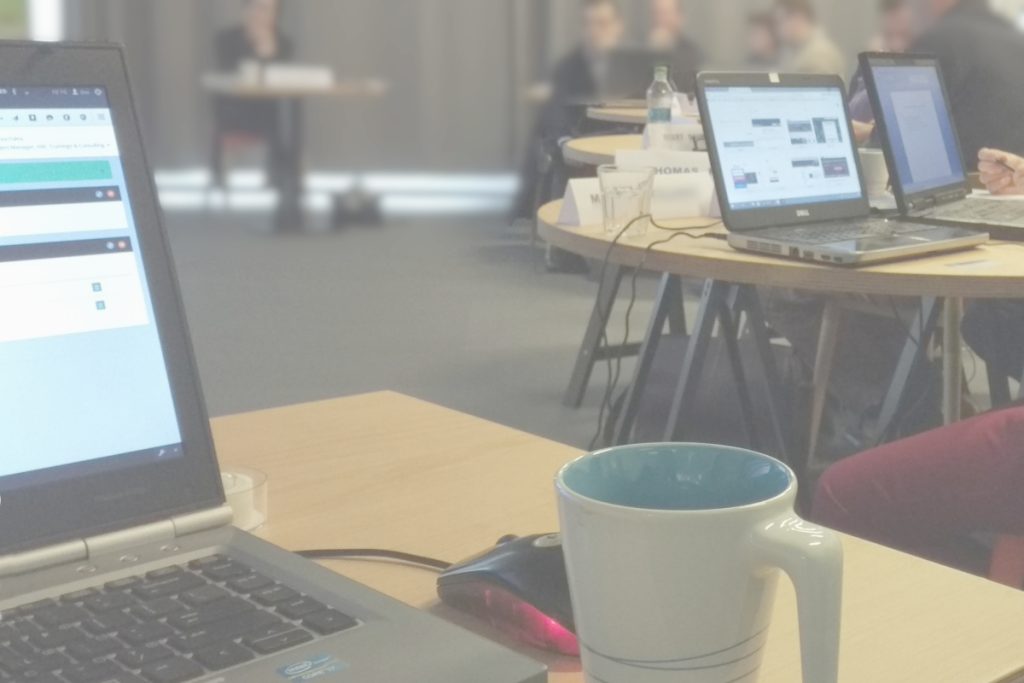Our mission is to explore the whys, whats and hows of interaction design, to shape products and services that provide meaningful and relevant experiences to their users.
We investigate various topics on human-machine interaction, industrial robotics and automation, servitization, cardiac rehabilitation robots, industrial software design, and aesthetics and usability. We’re also interested in operations research and technical project management.
Human-Machine Interaction
refers to the communication and interaction between a human and a machine via a user interface. When interacting with a system, be it an industrial application or a rehabilitation device, users play different roles (for example operators and maintainers, or patients and physiotherapists), use a variety of interface types (graphic, voice, gesture-based, or even brain-computer interfaces), and – maybe most importantly – face different cognitive loads and cognitive barriers while performing their tasks. Within our research group, we explore each of these dimensions of human interaction with systems.

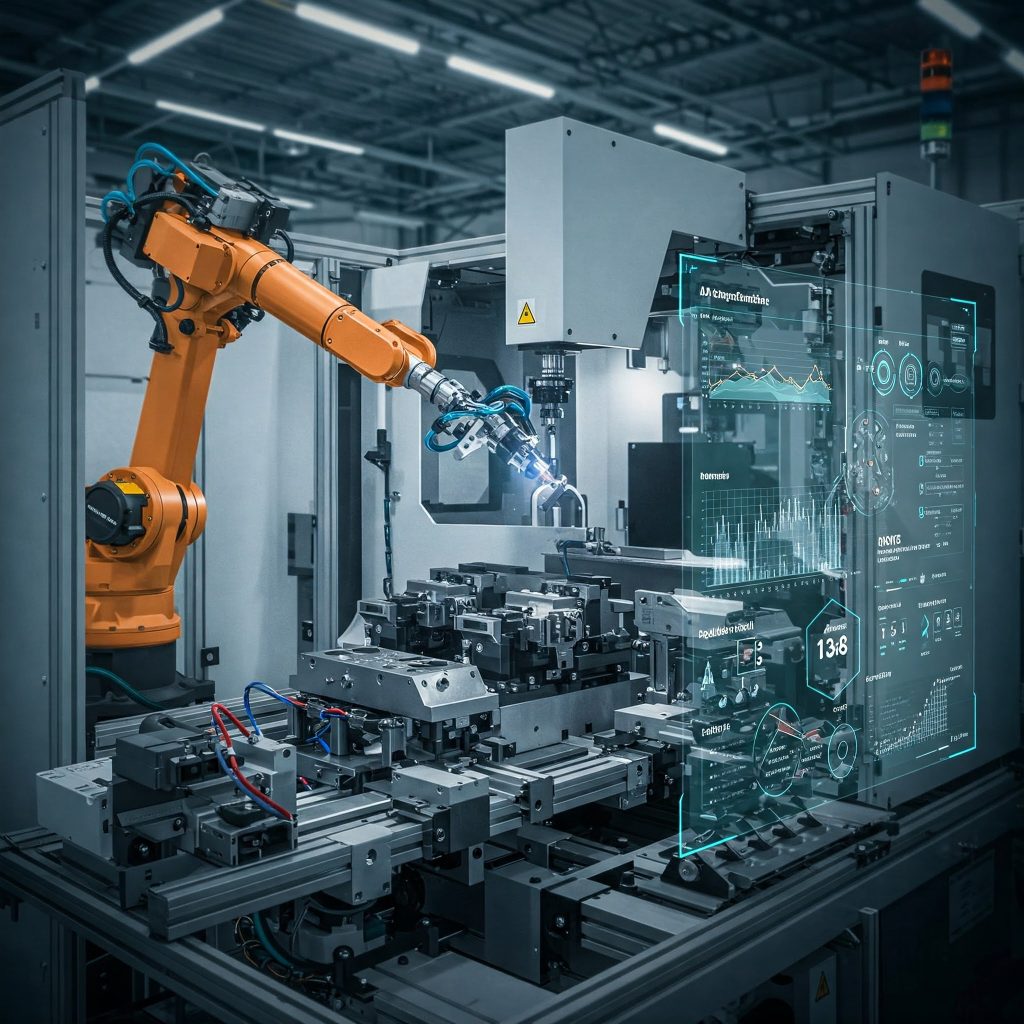
Industrial robotics and automation
refers to integrating the latest achievements in artificial intelligence, IoT, mechanics and control, in smart ways. Beyond this, integration of robots with other smart systems to meet the challenges of smart factories leads to the consideration of new communication protocols, standardization and remote monitoring and control. Within our research group, we explore each of the challenges associated with industrial robotics and automation systems.
Cardiac rehabilitation robots
refer especially to that type of robots, mainly exoskeletons, that can deliver structured physical exercise, education, and risk reduction to the cardiac patients in a cost-effective manner. The exoskeleton for cardiac rehabilitation is to support motor recovery of patients following a cardiac surgery or a major cardiac event to ensure a normal – active and independent – life. The main challenge in the design and development of such a robotic exoskeleton will be to allow the natural movements of the upper arms and body of the patients; to achieve this goal the focus should be on design the shoulder girdle and forearm mechanism, on kinematic design, design the actuation and controlling system, defining the dynamics of the exoskeleton, etc. Within our research group, we explore each of these dimensions of the design and development of a rehabilitation robotic system.
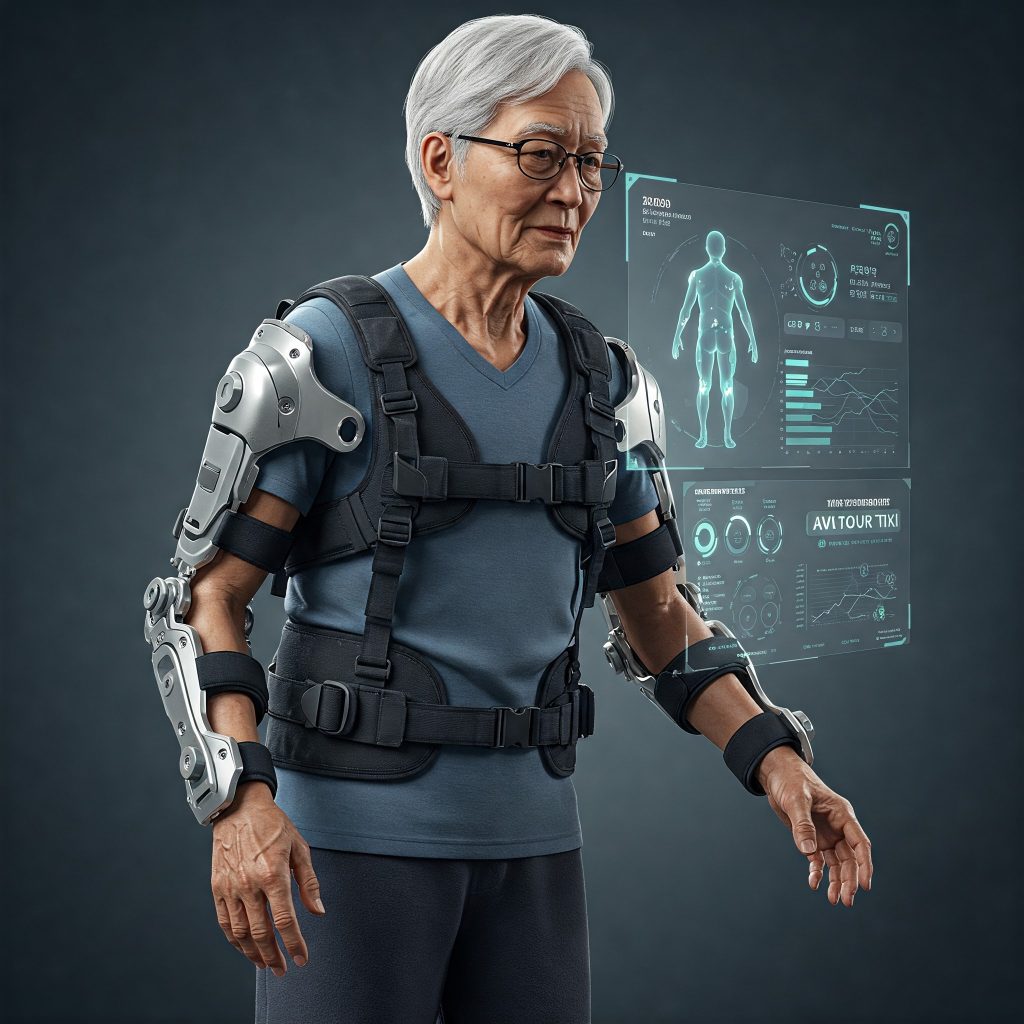
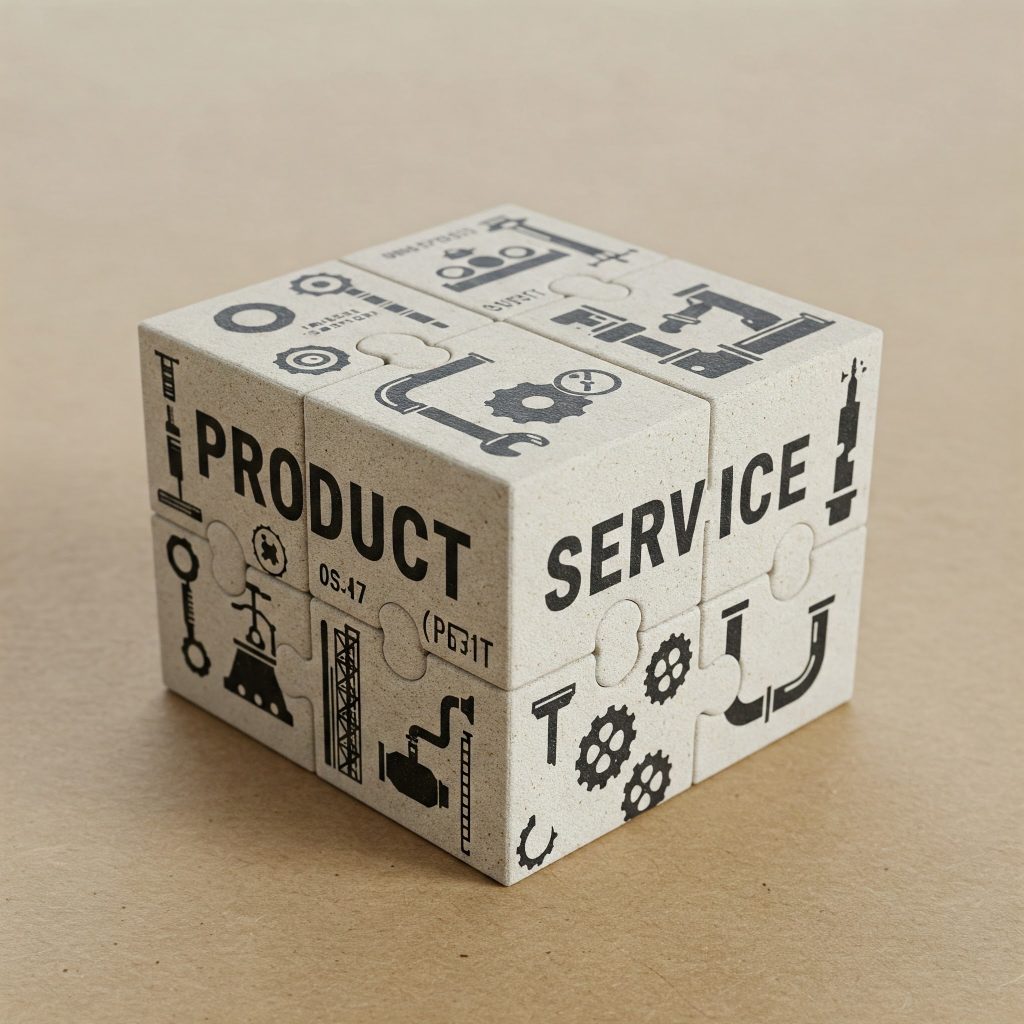
Servitization
refers to industries using their products to sell “outcome as a service” rather than a traditional sale. Known in the academia as Product-Service System, it’s a business model potentially generating, for its supplier, stronger customer relationships, constant or recurring income streams, or value creation via new services. Customers of a PSS get access to higher quality products, avoid initial investment costs, and pay for a service better aligned to their needs. There are, however, a lot of challenges in implementing PSSs, both technical and managerial, emerging as the customer interacts with the product in a completely new way. Within our research group, we explore the adaptations of the product and the business model required for a PSS to stand out.
Industrial software design
denotes a process to transform user requirements, in an industrial context, into a form which helps software developers in coding and implementation. In our research group, we focus on those particularities driven by the industrial context that influence how users interact with the software.
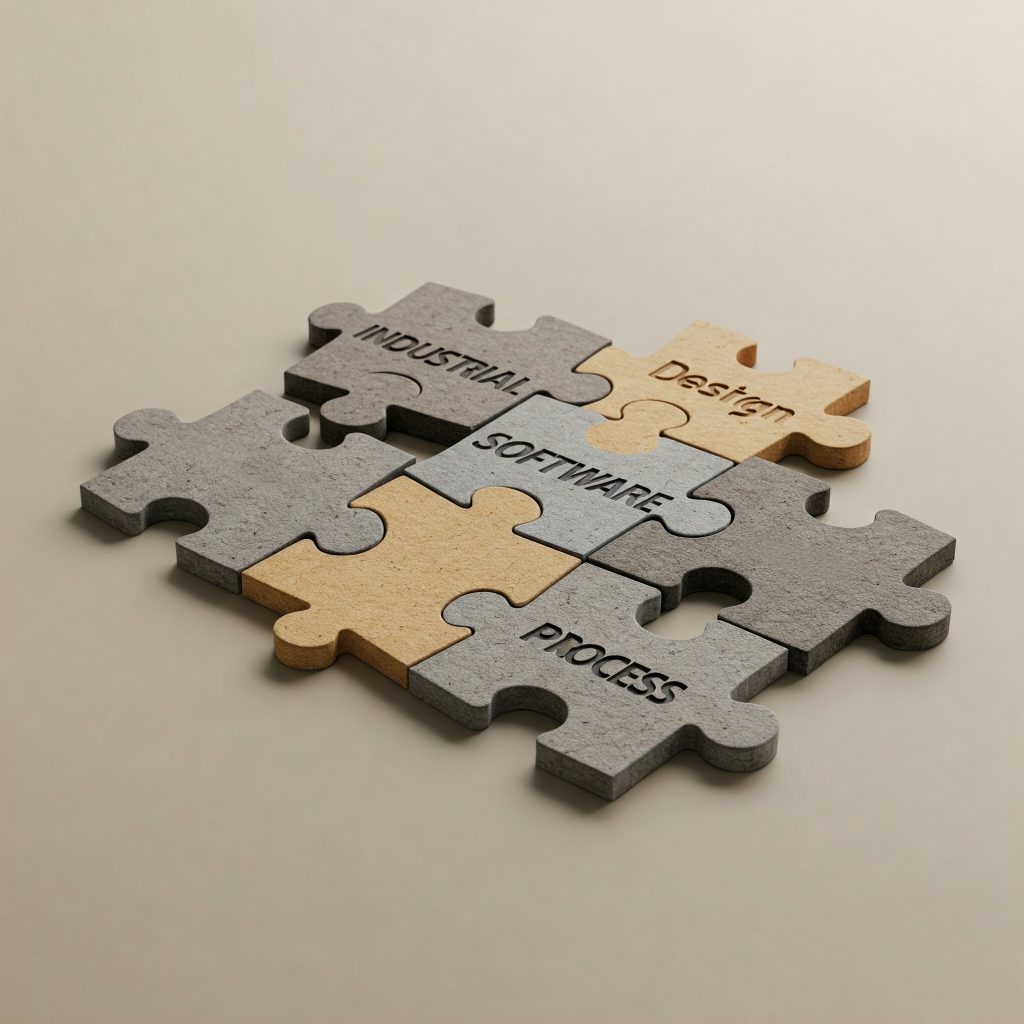
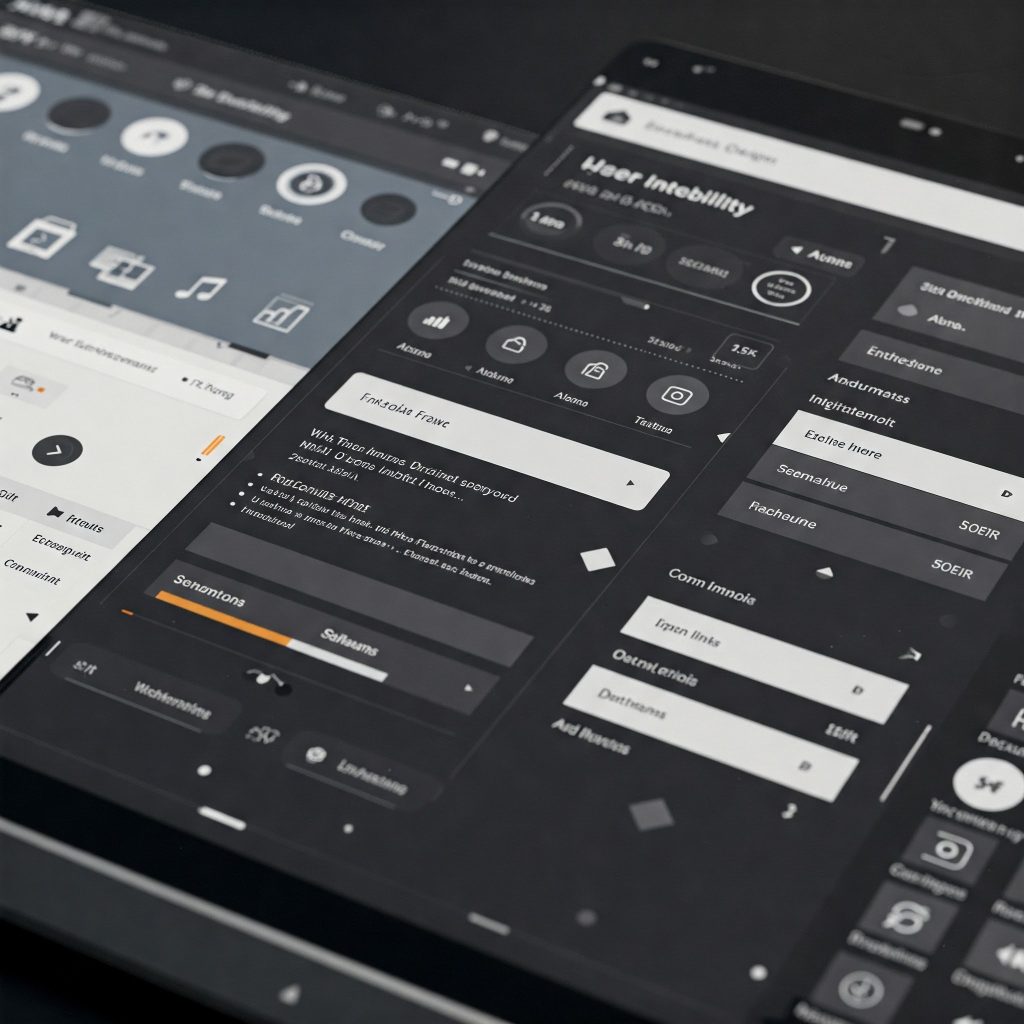
Aesthetics and usability
are essential ingredients of an effective and efficient interaction of a user with a system. Learning curve, visceral reactions, motivation, productivity, brand loyalty, all are influenced by the usability and aesthetics of a system. Within our research group, we explore how to build systems with an increased level of usability.




